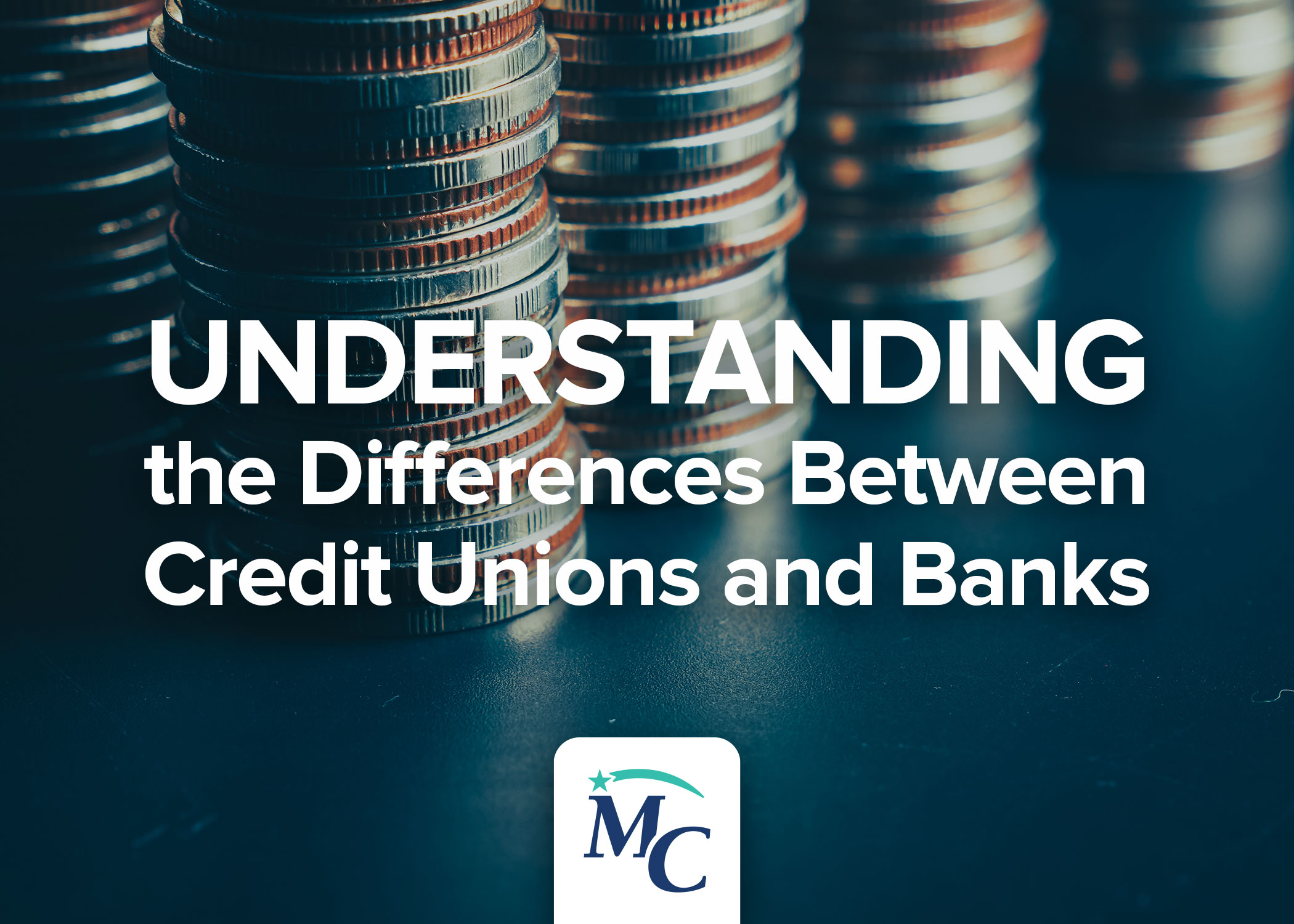In personal finance, one of the fundamental decisions individuals face is where to entrust their money – in a bank or a credit union. While both institutions offer financial services and are vital components of the economic infrastructure, they operate with distinct models and philosophies. Understanding the similarities and differences between credit unions and banks can empower consumers to make informed decisions about their financial well-being.
Similarities:
- Financial Services: Both credit unions and banks provide a wide range of financial services, including savings and checking accounts, loans, mortgages, credit cards, and investment products. They serve as essential intermediaries between savers and borrowers, facilitating the flow of funds in the economy.
- Safety and Regulation: Both types of institutions are subject to regulatory oversight to ensure the safety and soundness of the financial system. In the United States, banks are typically regulated by federal agencies such as the Federal Deposit Insurance Corporation (FDIC), while credit unions are regulated by the National Credit Union Administration (NCUA). These agencies impose stringent regulations to protect consumers’ deposits and maintain stability in the financial sector.
- Online and Mobile Banking: In the digital age, both credit unions and banks offer online and mobile banking services to cater to customers’ convenience. This includes features such as online account management, bill payment, mobile check deposit, and transfer capabilities, allowing customers to access their accounts anytime, anywhere.
Differences:
- Ownership and Structure: One of the primary distinctions between credit unions and banks lies in their ownership and organizational structure. Banks are for-profit institutions owned by shareholders or investors, who expect returns on their investments. In contrast, credit unions operate as not-for-profit cooperatives owned by their members, who are also customers. Members typically have voting rights and elect a volunteer board of directors to oversee the credit union’s operations.
- Membership and Eligibility: Membership criteria differ significantly between credit unions and banks. Banks are generally open to anyone who meets their account-opening requirements, regardless of their geographic location or affiliation. In contrast, credit unions have membership restrictions based on common bonds such as employment, location, or membership in a specific organization or community. However, many credit unions have expanded their eligibility criteria in recent years to serve a broader membership base.
- Interest Rates and Fees: Due to their non-profit status and cooperative structure, credit unions often offer more competitive interest rates on savings accounts, lower fees, and favorable loan terms compared to banks. Since they prioritize serving their members’ best interests rather than maximizing profits, credit unions can pass on their earnings to members in the form of higher interest rates on deposits and lower fees for services.
- Community Focus: Credit unions tend to have a strong community focus and often emphasize local involvement and support. They may offer financial education programs, sponsor local events, and provide personalized customer service tailored to the needs of their members. This community-centric approach sets credit unions apart from banks, which may have a more corporate and impersonal atmosphere.
Ultimately, the choice between a credit union and a bank depends on individual preferences, financial goals, and values. By understanding these differences, consumers can make informed decisions to effectively manage their finances and achieve their long-term financial objectives.














